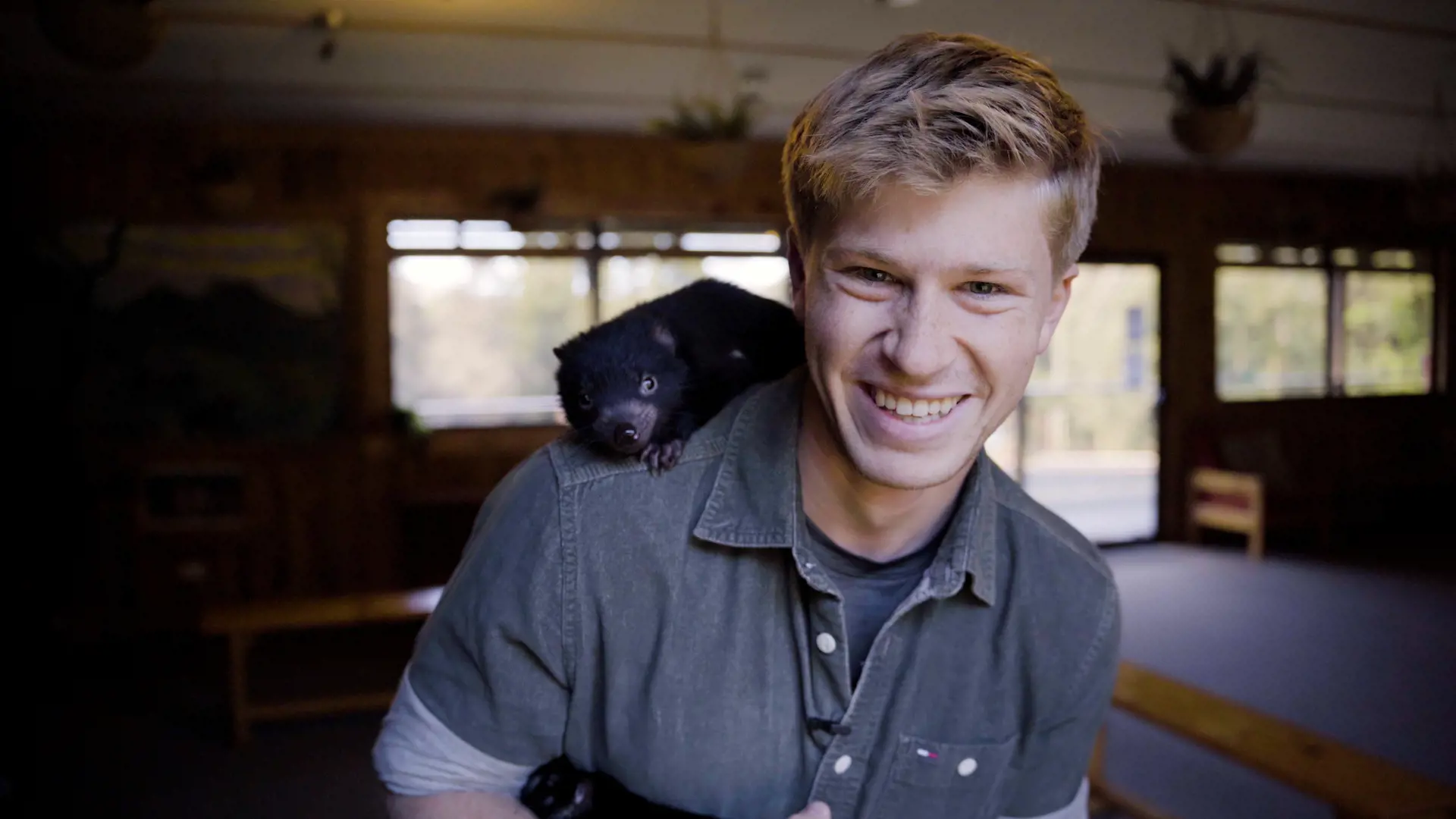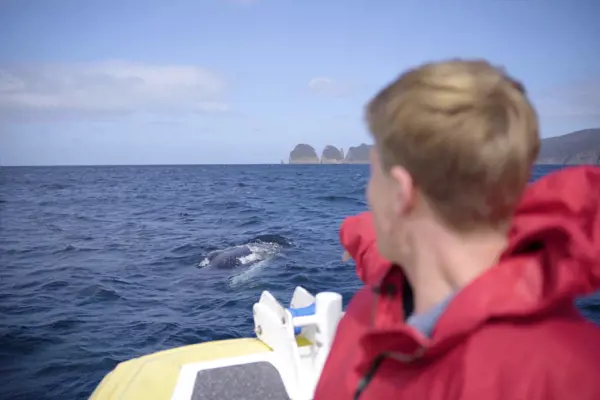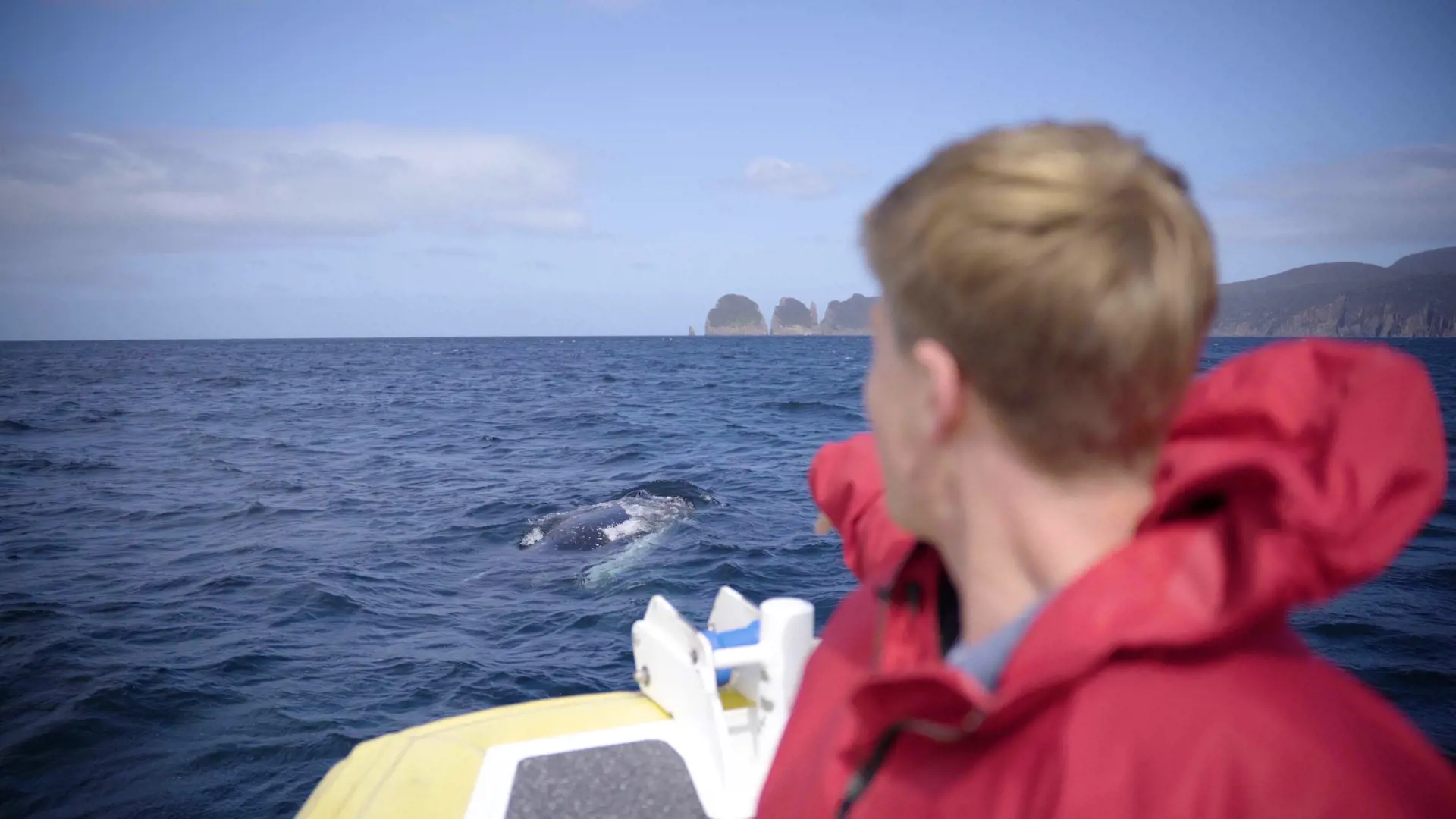
Caring for wildlife and wild places comes naturally in Tasmania, and this keen conservationist has a lifetime of recommendations.
Robert Irwin has been exploring Tasmania since he was “knee-high to a grasshopper”.
The Australia Zoo personality travels far and wide, making media appearances alongside his animal-loving family, doing research and pursuing his passion for wildlife photography. But something keeps drawing him back to this humble island south of Australia’s mainland.
“It’s always had such an incredibly special place in my heart, and in the hearts of my entire family,” he says.
Irwin’s late father, the legendary ‘Crocodile Hunter’ and conservationist Steve Irwin, held Tasmania in equally high regard.
“My dad spent many, many months filming documentaries here,” Robert Irwin says. “He loved it so much.”
From spectacular coastlines to cool-temperate rainforests, Tasmania’s pure environment instils Irwin with “an enormous amount of hope” for the future.
This is probably one of the greatest sustainable tourism destinations on the planet.
“There are still places that are pristine, that are untouched, and you see the people who are spending their lives protecting places like this.”
From sea adventures to animal sanctuaries, here are Irwin’s top Tasmanian adventures.
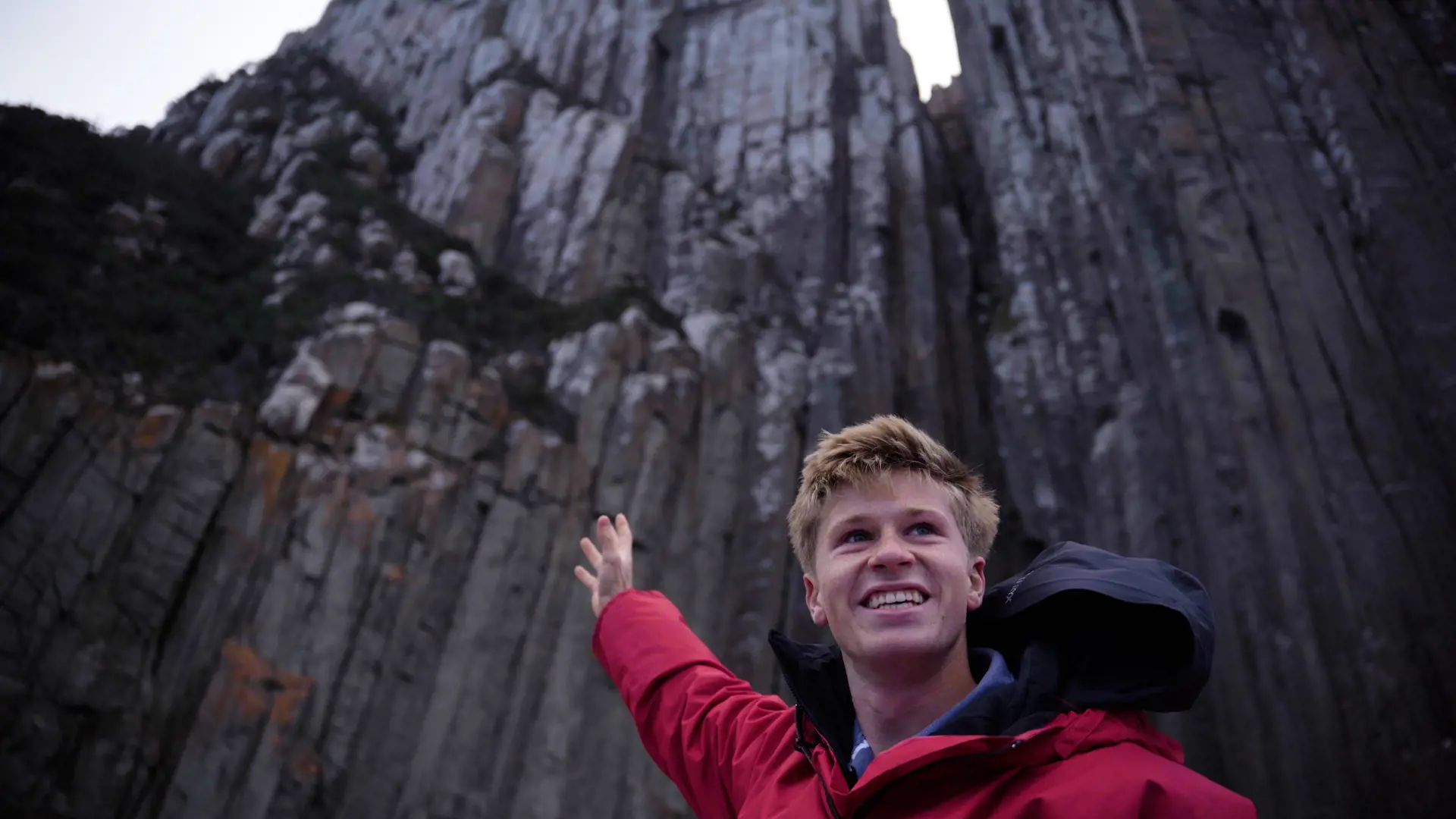
Cruising the coast
Topping Irwin’s must-do list is a boat adventure with Pennicott Wilderness Journeys. These sustainable cruises offer accessible expeditions to typically hard-to-reach destinations such as South Bruny, Betsy Island and Wineglass Bay.
Perhaps the wildest Pennicott adventure, the Tasman Island Cruise whisks you away to Turrakana / Tasman Peninsula: a spectacular coastline of Jurassic dolerite, sprawling across the sea in south-east Tasmania.

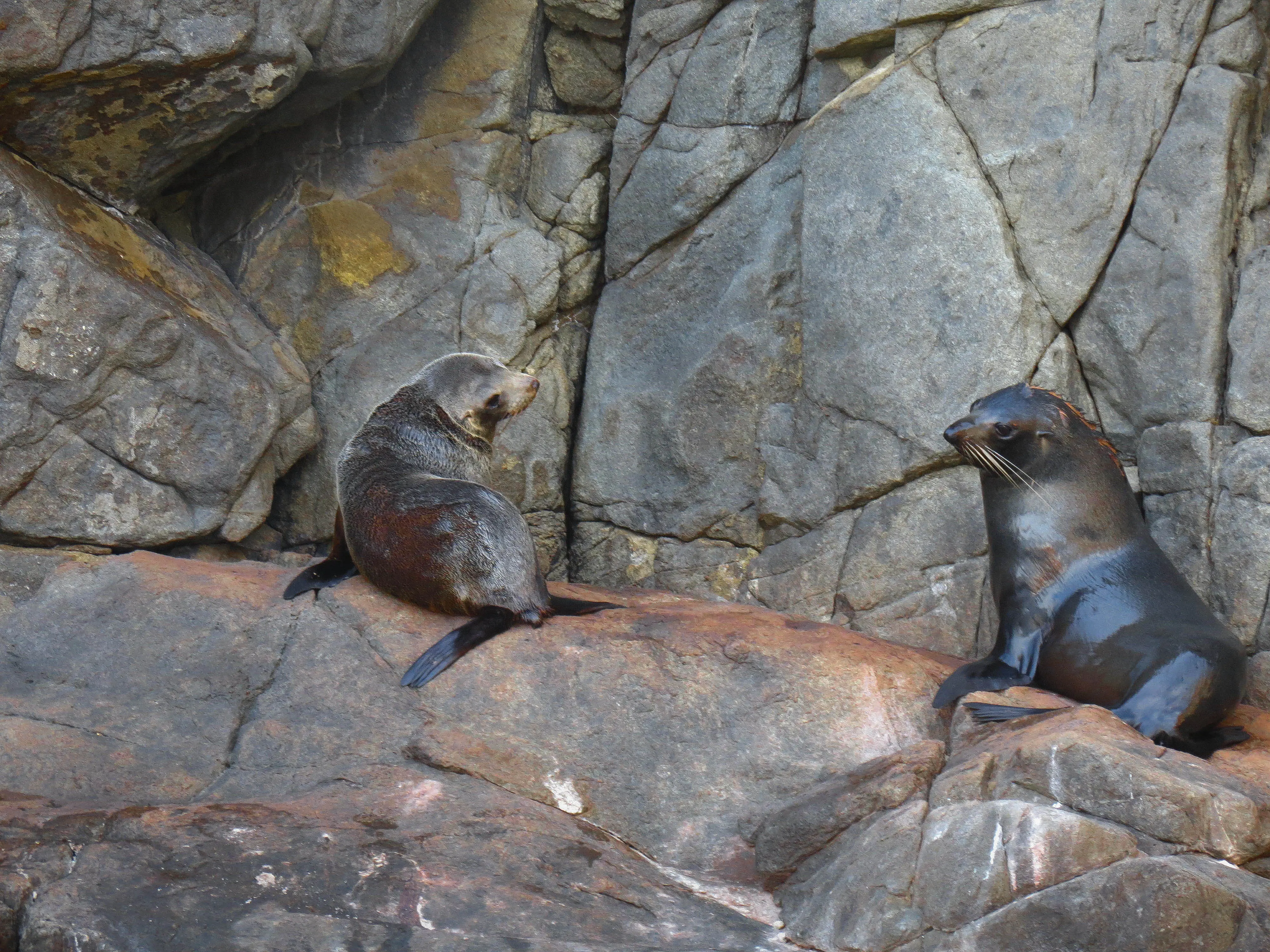
It’s here that Irwin encounters a “treasure trove of life”, including a friendly group of humpback whales feeding mere metres from the boat; a charismatic colony of New Zealand fur seals darting in and out of the shallows; a cluster of larger Australian fur seals, wobbling and grunting by the sea; and soaring seabirds such as albatross, white-bellied sea eagles and cormorants. Even a shiny crab scuttles out from a crevice to say hello.
“I feel like I could just spend a lifetime exploring here,” Irwin says.
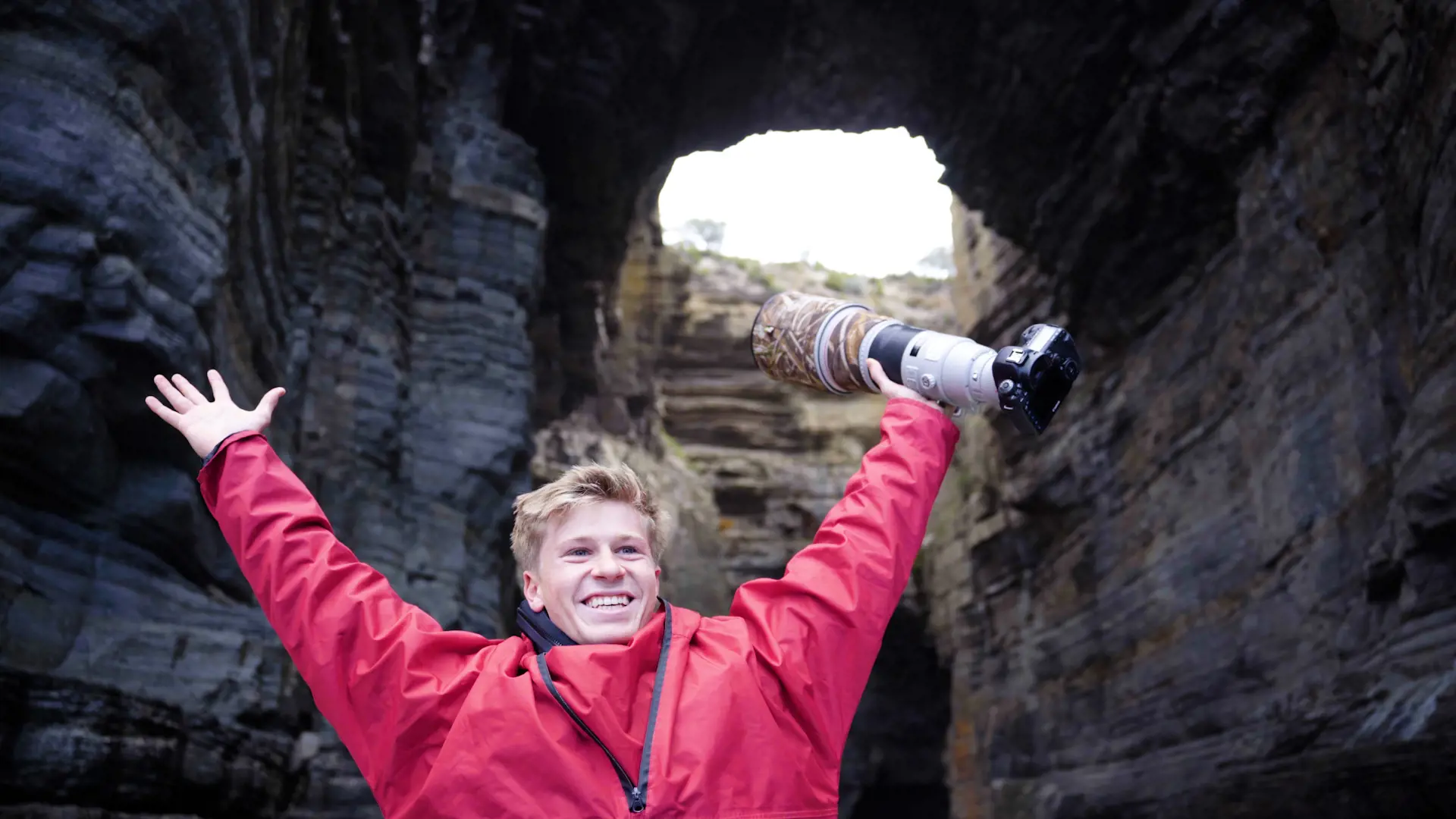
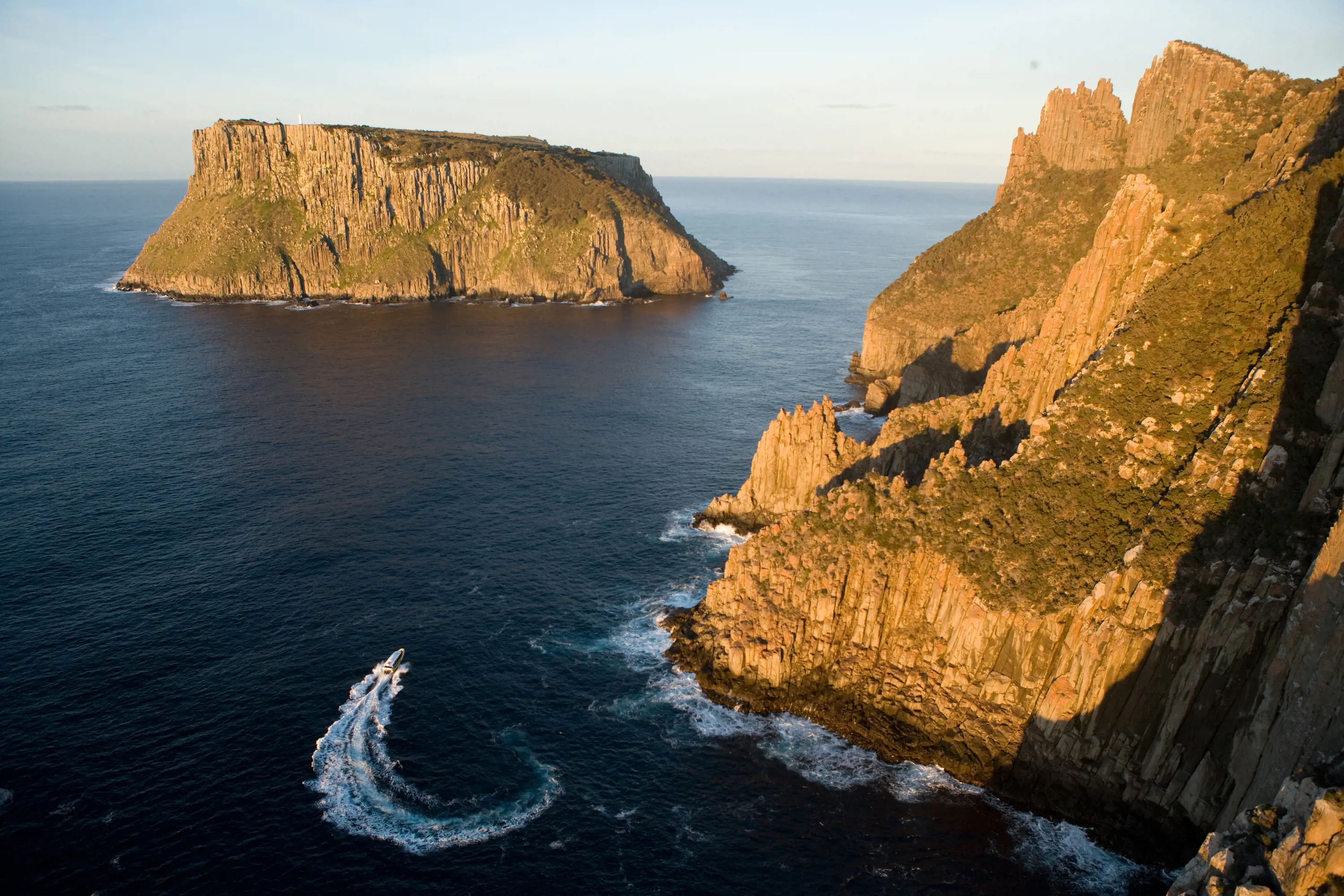
The boat glides into the cavernous sea trench Devils Kitchen, where waves echo and a tangle of giant kelp swirls below, then to Waterfall Bay, where water sometimes spills off a cliff and into the ocean. Next are two of the capes along the Three Capes Walk: Cape Hauy, with its bony sea stacks spiking up from the ocean, and Cape Pillar, where the Southern Hemisphere’s tallest sea cliffs loom opposite the epic Tasman Island. This 120-hectare isle was once overrun with feral cats but, following a restoration project funded by Pennicott Wilderness Journeys, it's now a haven for flourishing seabird species, including Australia’s largest colony of fairy prions.
“Knowing that you’re supporting somewhere that is making massive change for the conservation of such a beautiful place, it is beyond heart-warming,” Irwin says.
“You see somewhere like this and you realise just how important natural preservation truly is.”
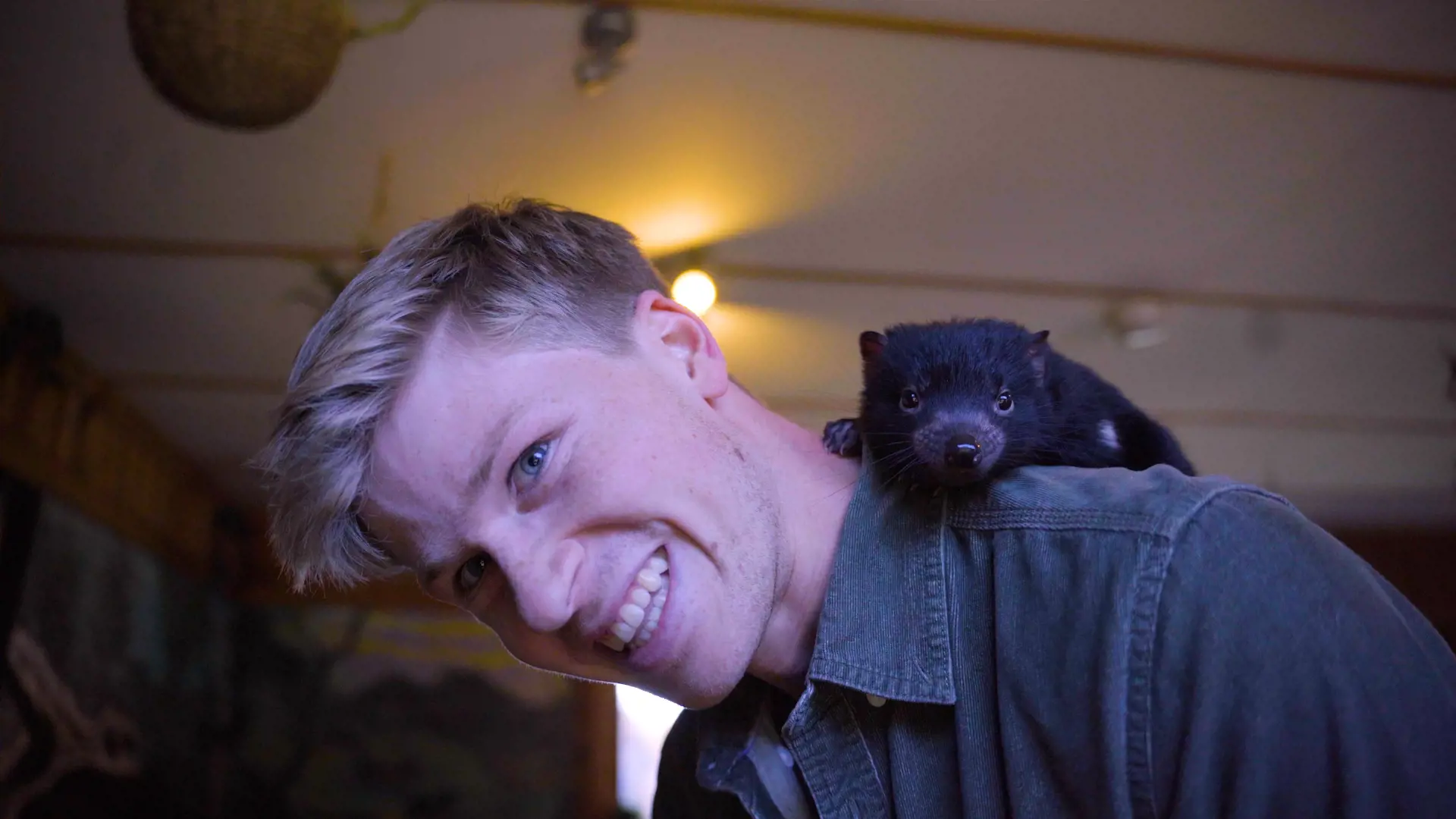
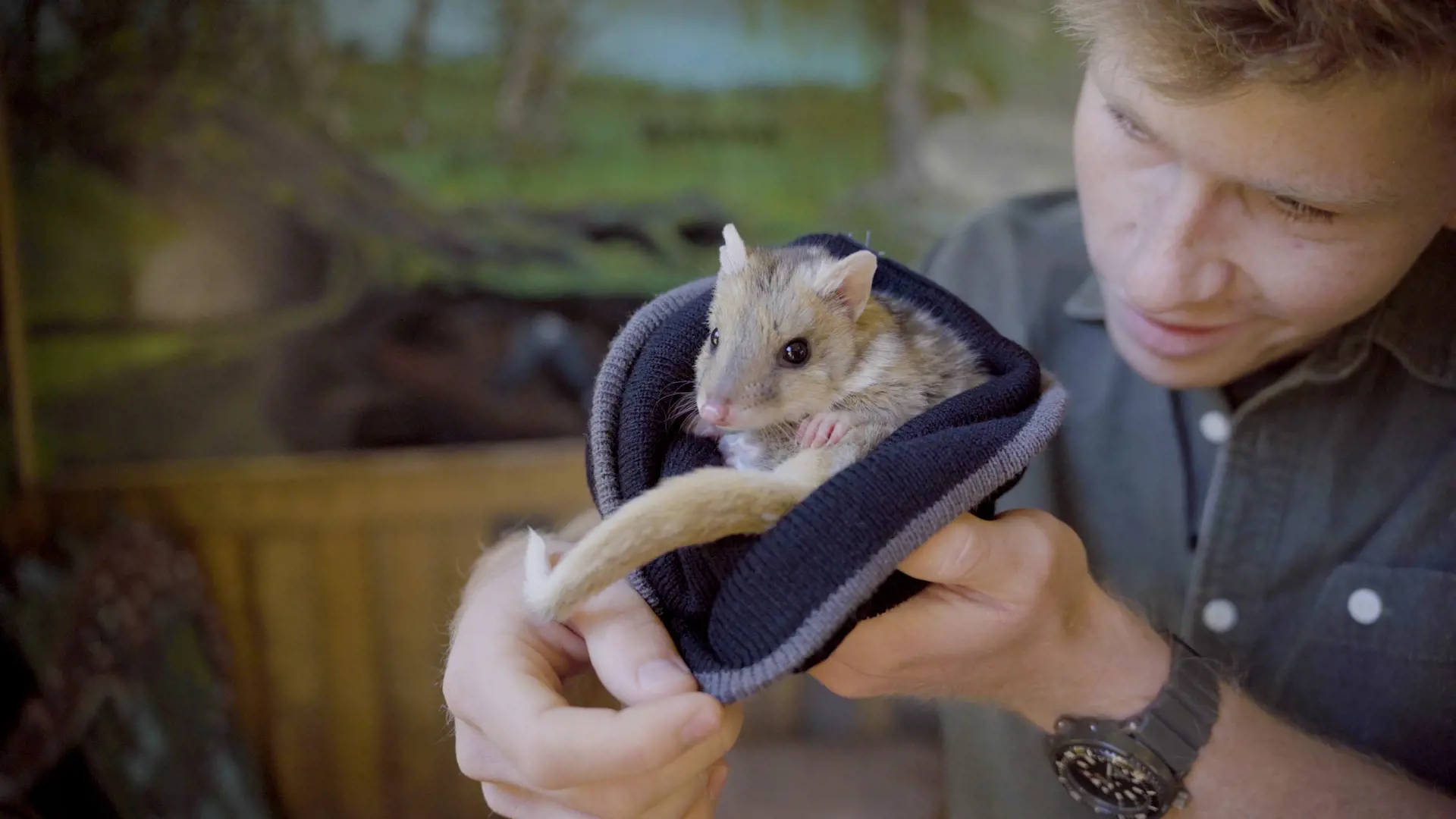
A cradle of cuteness
It’s not especially common to encounter Tasmanian devils in the wild, but you can always find these remarkable creatures at Devils @ Cradle on the cusp of Cradle Mountain-Lake St Clair National Park.
This wildlife sanctuary offers unique keeper tours, daytime and night-time feeding tours, and heart-meltingly cuddly joey encounters. More importantly, visiting Devils @ Cradle makes a positive difference to Tasmania’s fauna.
“My family and I have worked with them for many, many years on their incredible conservation work with Tasmanian devils, with quolls, and in turn with the entire ecosystem around Cradle Mountain,” Irwin says.
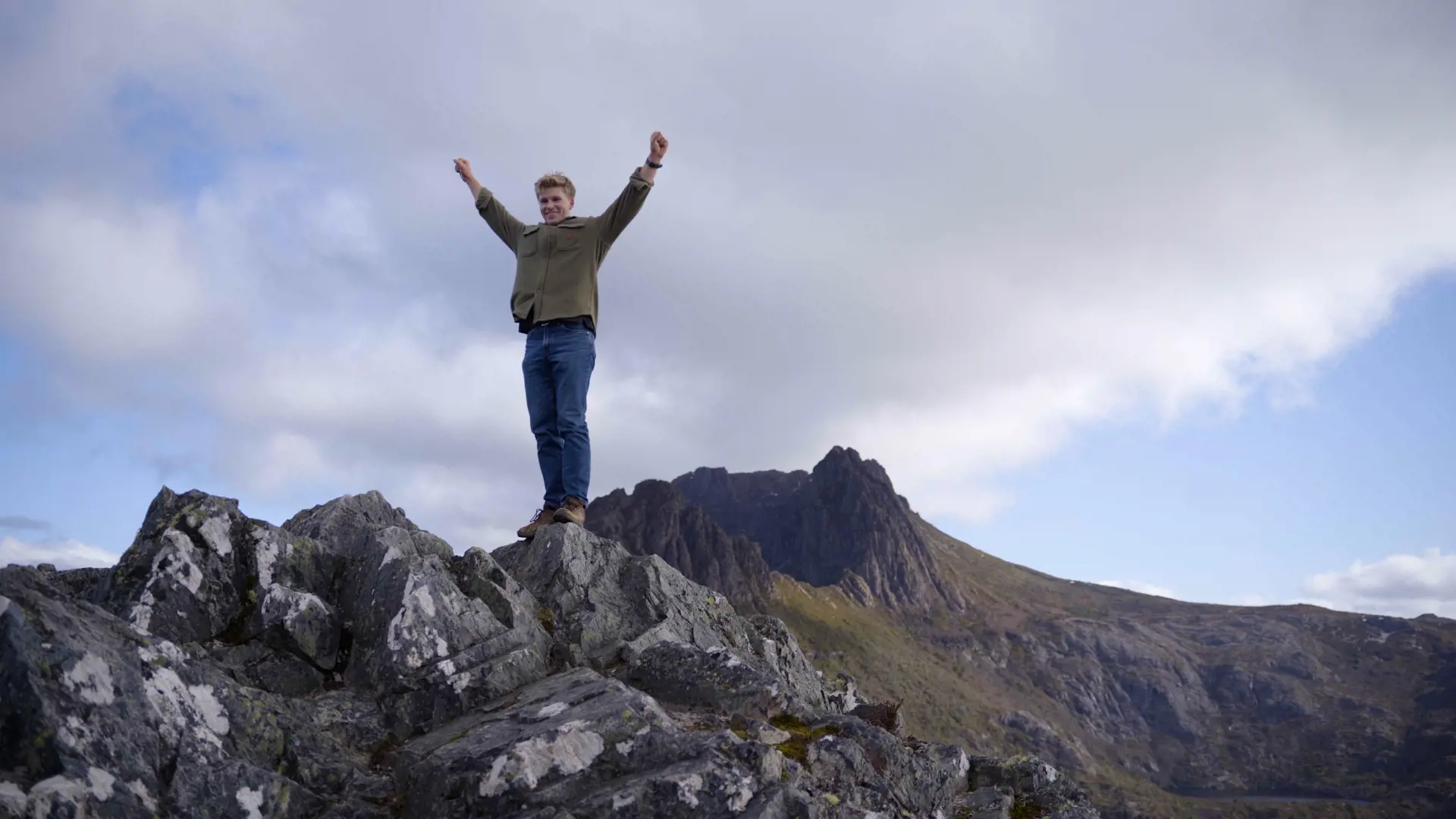
Once you’re done cosying-up with the carnivorous marsupials, venture over to nearby Cradle Mountain for another adventure.
“The scenery there is so incredibly iconic and the amount of wildlife is just beautiful,” Irwin says, recalling his recent visit. “I just couldn’t pass up the opportunity to do a quick summit of Hansons Peak, which is by far my favourite hike in that area.”
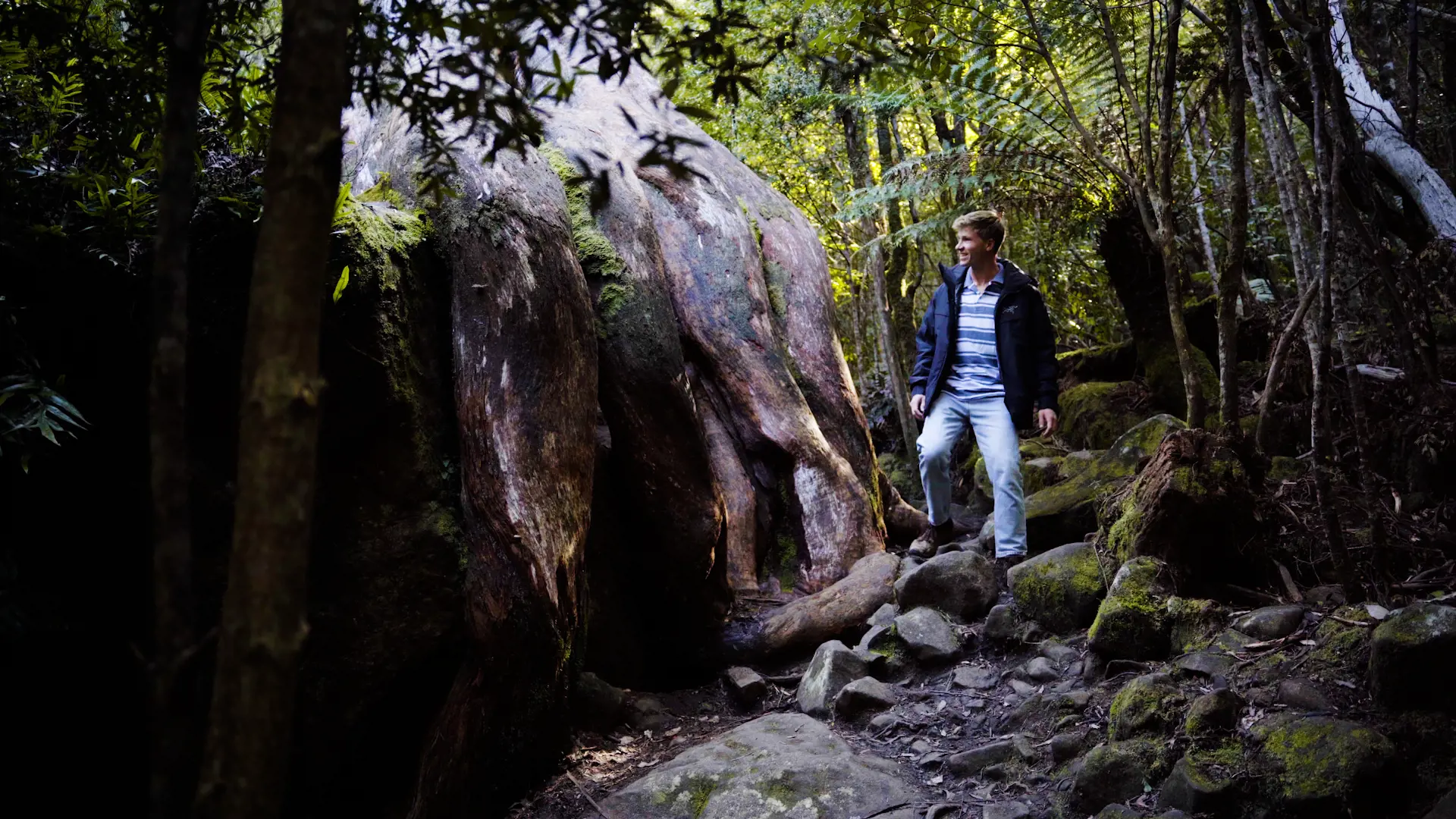
Urban by nature
When you think ‘capital city’, you don’t automatically think ‘wilderness’. But in Hobart, the two go hand-in-hand. Epic adventures across mountains, rivers, coastal waters and national parks are right on the city’s back doorstep, and Hobartians live in lock-step with the beauty surrounding them.
“I think everyone is so nature-minded,” Irwin says. “It’s the only city I can think of where in two minutes, you’re out in the wilderness.”
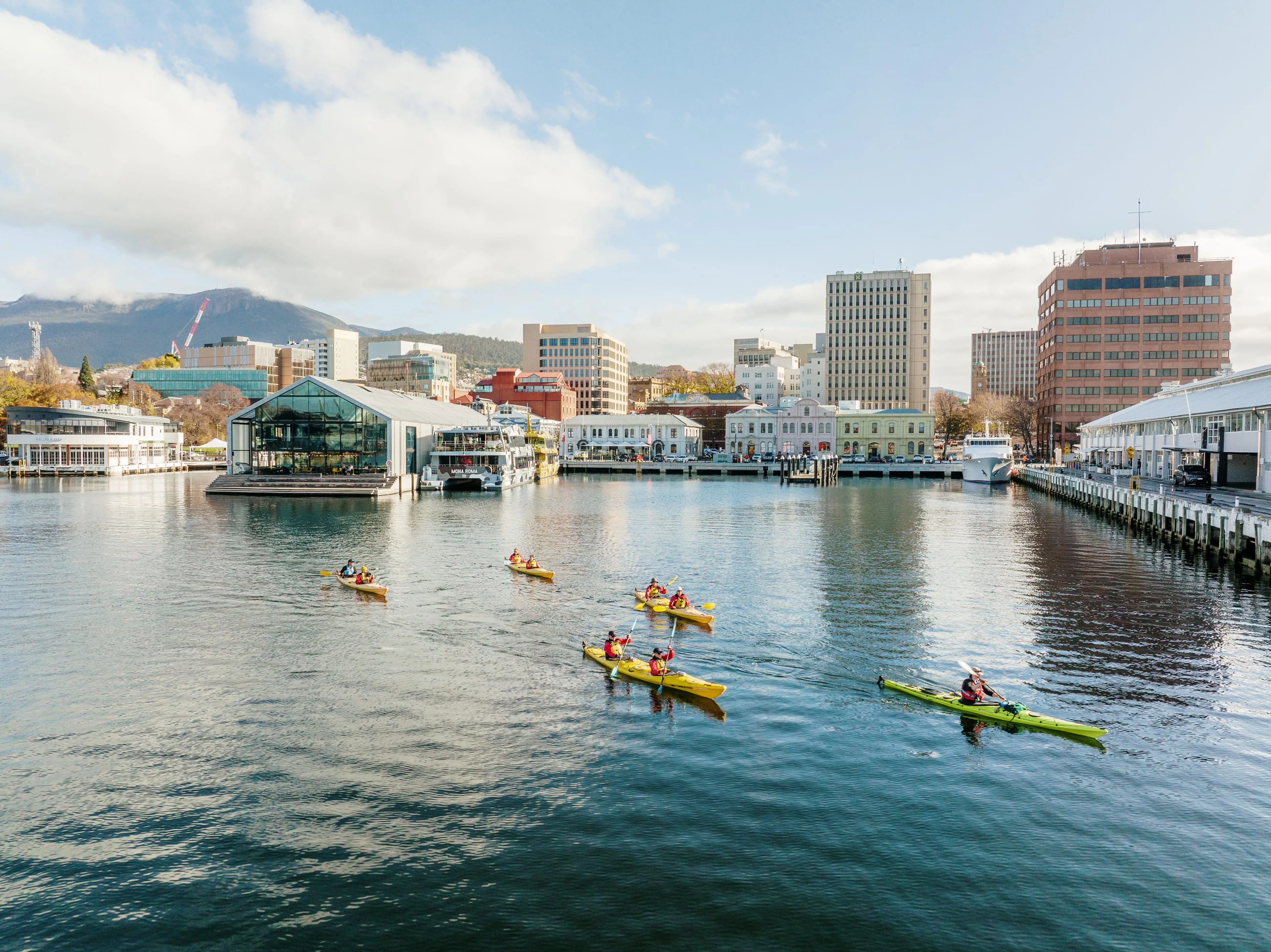
Nearby wildlife and wilderness experiences include Roaring 40s Kayaking tours; a visit to Bonorong Wildilfe Sanctuary just north of the city; and easy-to-access hikes in the Huon Valley, Tasman National Park, Bruny Island, or “up on beautiful kunanyi / Mount Wellington”.
Hobart also plates up a hefty dose of deliciousness: wine, cheese, whisky and seafood, for starters. Irwin’s indulgence? Exquisite Italian fare at Peppina within the sandstone and redbrick walls of the Tasman, a luxury collection hotel.
“Come here for the wildlife, but stay for the food, that’s for sure,” Irwin laughs. “Speaking of food, I think I’m going to come back a couple belt loops wider.”
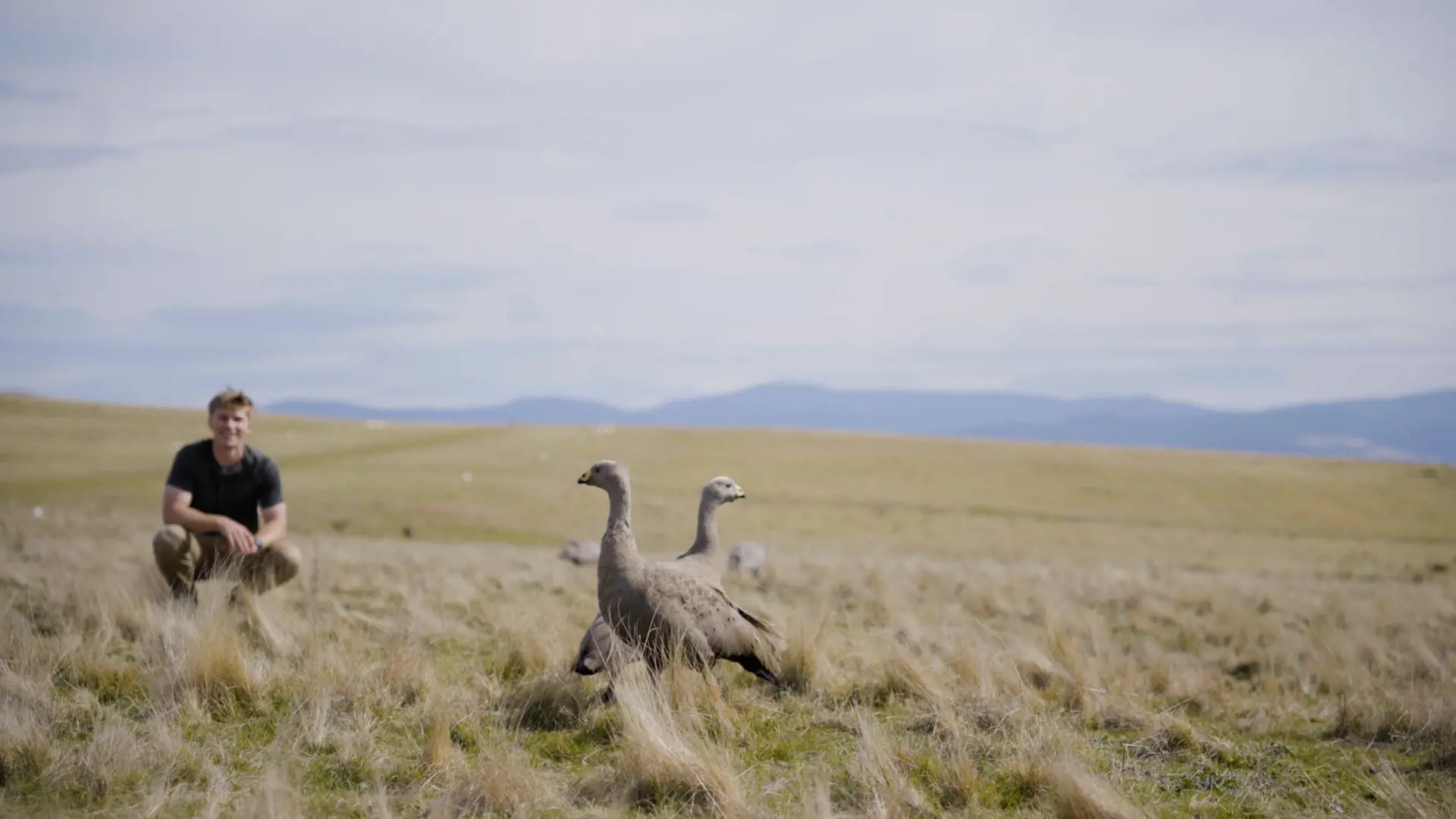
Island refuge
Halfway up Tasmania’s immense east coast sits Maria Island National Park, a wildlife oasis reached by boat. Irwin took the 30min ride from the fishing town of Triabunna during his recent visit.
“The density of animals that I saw on that island will stay with me forever,” he says.
“You couldn’t even picture it until you’re there. When you see how many wombats there are getting around, all those little babies, it just warms your heart.”
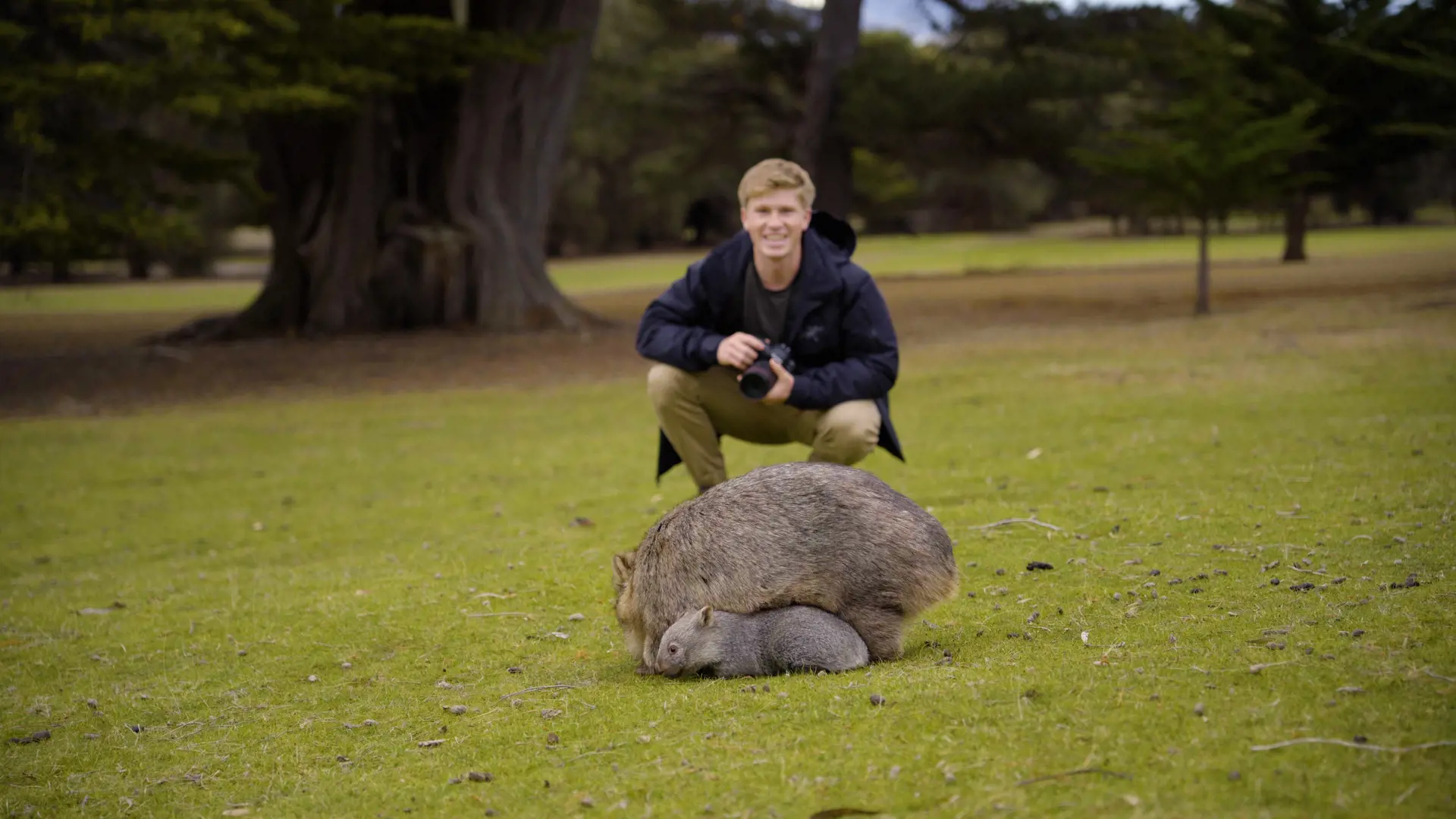
This isle has no cars and only limited renewable electricity. It’s a pristine expanse of bushland, cliffs, beaches, UNESCO World Heritage-listed convict ruins and grassy plains, where wombats graze, kangaroos thump and Cape Barren geese honk away happily, with their distinctive grey plumage and black and chartreuse beaks.
“It looks like the saturation was just turned up on Maria Island,” Irwin says.
His favourite Tasmanian animal? It’s as unconventional, and highly venomous, as you’d expect: “I love a good tiger snake”.
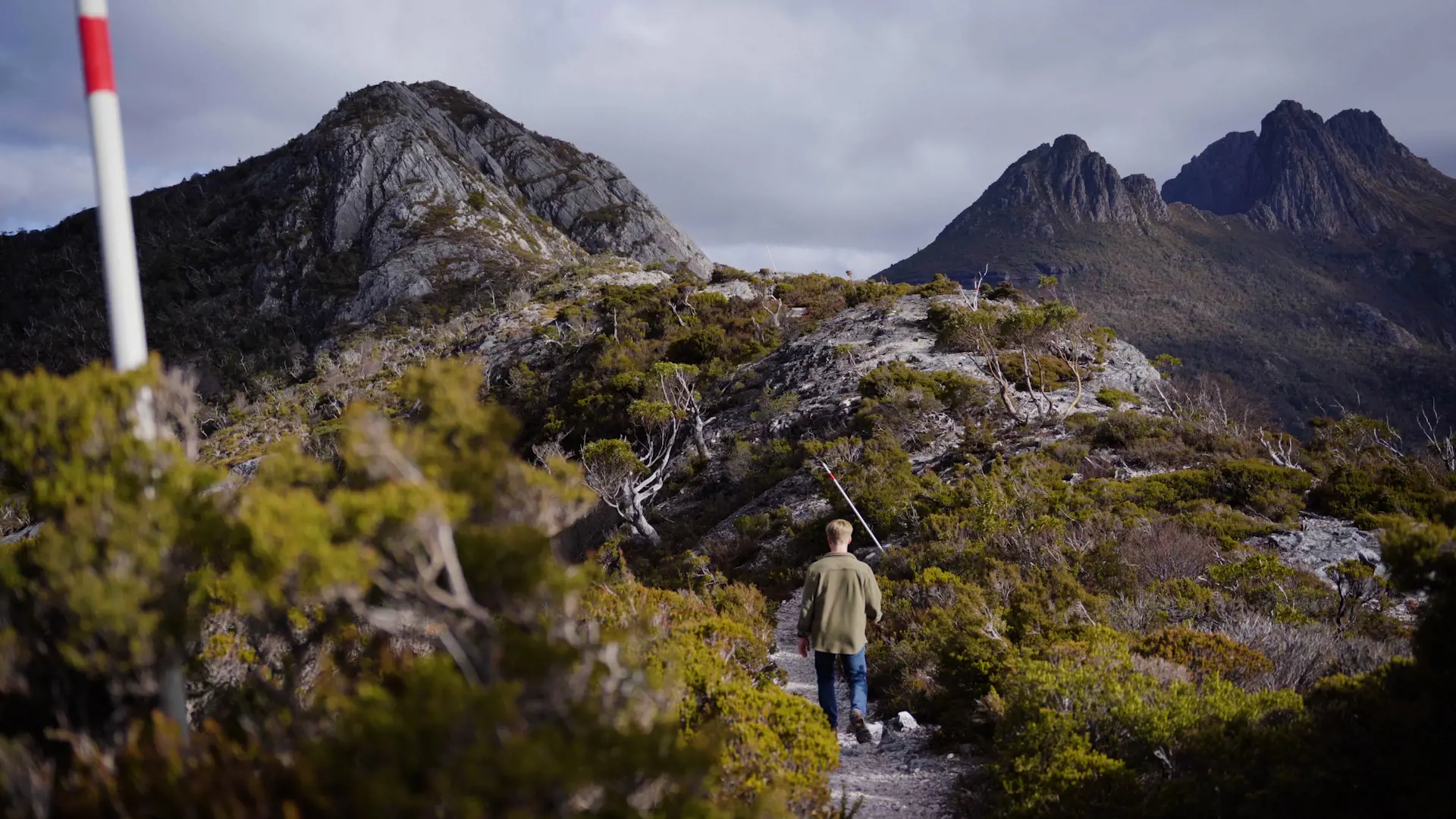
Giving back
No matter where you roam, Irwin recommends giving back to the wildlife and wilderness around you.
“I think Tasmania is probably the best place in the world to do just that,” he says.
“It is just so untouched, so wild, so rugged, so beautiful, and every experience is so immersive because we’ve allowed nature to take its course.”
Irwin describes this southern island as a “little beacon of hope” for the world, leading the way in the preservation of beautiful spaces.
“I know it’s only a matter of time before I’m straight back here again,” he grins.
“I’m never away for too long.”
Robert Irwin was a sponsored guest of Tourism Tasmania.
